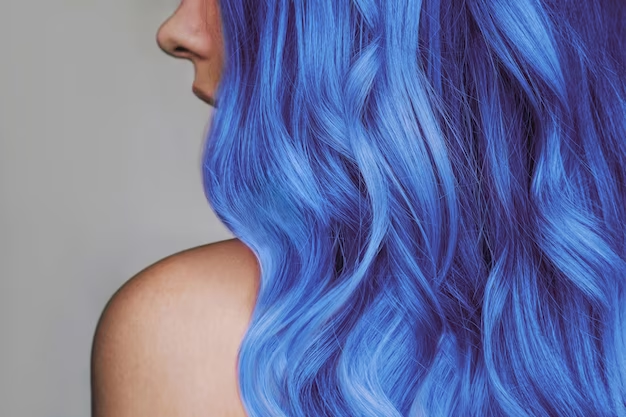A Guide to Choosing the Perfect Natural Brown Hair Color: Discover Your Signature Shade
Embarking on the journey to transform your hair color is an exciting venture, and opting for a natural brown shade opens up a world of warmth, depth, and versatility. Choosing the perfect brown hue involves a thoughtful consideration of various factors, from skin tone and undertones to your current hair color and lifestyle.
In this comprehensive guide, we'll walk you through the steps to ensure you find the ideal natural brown hair color that enhances your features and aligns with your personal style.
Understanding Your Skin Tone:
The first step in choosing the perfect natural brown hair color is understanding your skin tone. Skin tones generally fall into three categories: warm, cool, and neutral. Warm tones have hints of yellow or peach, cool tones exhibit pink or blue undertones, while neutral tones strike a balance between warm and cool. Determining your skin tone is crucial, as it guides you toward brown shades that complement rather than clash with your complexion.
To identify your undertones, consider simple tests such as the vein test or observe how different colors enhance or detract from your skin. Warm-toned individuals generally look radiant in earthy tones like terracotta and olive, making warm brown shades like caramel and chestnut ideal choices. On the other hand, cool-toned individuals might lean towards cooler browns like ash or espresso, which beautifully contrast with their undertones.
Choosing the Right Brown Shade for Your Skin Tone:
Now that you understand your skin tone, it's time to explore the vast spectrum of brown shades. Warm undertones harmonize with rich, warm browns such as honey and auburn, creating a seamless blend that enhances your natural warmth. Individuals with cool undertones can opt for cooler brown hues like mocha or walnut for a chic and sophisticated look.
Consider Your Natural Hair Color:
Your current hair color plays a significant role in the outcome of your chosen brown shade. If you're starting with black or dark brown hair, achieving a lighter brown may require additional steps like pre-lightening. On the other hand, those with lighter hair can more easily transition to a range of brown shades without extensive pre-treatment.
Exploring the Brown Spectrum:
The beauty of natural brown hair lies in its diverse spectrum, offering something for everyone. From light caramel and golden brown to deep chocolate and mahogany, there's a brown shade to suit every preference and style. Visual aids and descriptions can help you envision the range of possibilities within the brown palette, making it easier to narrow down your choices.
Temporary vs. Permanent Options:
Consider whether you want a temporary or permanent change. Temporary options, such as semi-permanent dyes or hair chalk, allow you to experiment with different brown shades without long-term commitment. Permanent options, including at-home hair color kits or salon treatments, provide lasting results but require more maintenance.
Consider Your Lifestyle and Maintenance Preferences:
Choosing a brown hair color that aligns with your lifestyle and maintenance preferences is crucial for long-term satisfaction. Low-maintenance options, like balayage or ombre, offer a gradual transition between colors and require less frequent touch-ups. High-maintenance choices, such as full-color applications, may be better suited for those who enjoy regular salon visits and are committed to maintaining a consistent shade.
Consulting with Professionals:
While there are numerous at-home options for coloring your hair, consulting with a professional hairstylist or colorist can provide valuable insights and ensure a more seamless application. Professionals can help you navigate the vast array of brown shades, taking into account your unique features, preferences, and the condition of your hair.
Patch Testing and Allergies:
Before applying any hair color, it's essential to perform a patch test to check for potential allergies. This simple step can prevent adverse reactions and ensure a safe coloring experience. Patch testing involves applying a small amount of the color product to a small area of skin to assess any adverse reactions. It's a precautionary measure that should not be skipped, especially for those with sensitive skin or a history of allergies.
Conclusion:
Choosing the perfect natural brown hair color is a personalized journey that involves careful consideration of various factors. By understanding your skin tone, exploring the brown spectrum, and factoring in your lifestyle and maintenance preferences, you can confidently embark on this transformative experience.
Whether you opt for a warm chestnut or a cool mocha, the right natural brown shade has the power to enhance your features and express your unique style, leaving you with hair that radiates warmth and sophistication.



Comments
Post a Comment